Creator studio

screen print vs DTG
As a Creator Studio artist, you can access two distinct printing methods: direct to garment (DTG) and screen printing. Both are excellent ways to transform your artwork into merchandise, but what sets DTG and screen printing apart?
what is direct to garment printing?
DTG, or Direct-to-Garment printing, is a technique for printing images or graphics onto textiles. Originating in the US in 1996, it's based on a patented innovation by Matthew Rhome. In the realm of on-demand merchandise, DTG has become the industry go-to, producing exceptional results.
how does DTG differ from other printing methods?
Unlike screen printing, heat transfer, or dye sublimation, DTG employs a large printer with special inks that print directly onto a garment. The garment's fibres absorb the ink, creating a more resilient print that is less prone to cracking, peeling, or distortion compared to screen prints.
how does DTG work for on-demand merchandise?
When a fan purchases one of your products, our DTG process begins. The Creator Studio technology identifies the nearest production hub to the fan's location and initiates a print run of the exact quantity needed.
All our hubs use a single type of Kornit machine to ensure consistent reproduction wherever you are. Each hub exclusively prints Creator Studio merchandise on our in-house apparel label, True Blanks. Creator Studio has bespoke ink mixes optimised for each True Blanks garment and colourway for enhanced consistency.
what is screen printing?
If DTG represents modern printing, screen printing is a more traditional form. Today, we view screen printing with nostalgic admiration, embodying heritage merchandise.
At Creator Studio, we appreciate both methods, each with unique strengths. DTG is flexible, cost-effective, and eco-friendly. Screen printing delivers deep, rich colours, excelling in more straightforward artworks with fewer colours and providing a distinctive tactile feel.
how is screen printing done?
The process involves using a squeegee or professional press to push ink through a mesh stencil onto a flat surface. For multi-coloured artwork, different stencils are used, printing one colour at a time to build a layered print.
While there are variations like silk screen printing, the principles remain the same.
advantages of screen printing
The advantages of screen printing can also pose challenges. It's ideal for bold colours and thick line work, with vibrant colour reproduction. Reusable stencils expedite batch printing, making it popular for sportswear or uniforms.
On the downside, intricate designs can be challenging, and print quality may suffer with many colours—uneven prints or thick layers that crack quickly.
which is best, screen printing or DTG?
There's no definitive answer. The best method depends on your artwork, production volume, and timeline. Choose the process that suits your specific project. With both formats yielding excellent results, there’s never been a better time to explore your creativity through custom printed merchandise.
how can I get started?
At Creator Studio, we offer both techniques but in different formats. Our on-demand platform is supported by DTG, with no minimum order quantity. You can upload your artworks to selected products after you log in. You can then either order directly or connect an online store to sell. We will take care of the fulfilment.
For the screen printing technique, due to the nature and set-up cost, we offer it at a minimum order quantity of 100 pcs throughout Europe. You can fill in the form >here< and our team will reach out with further information.
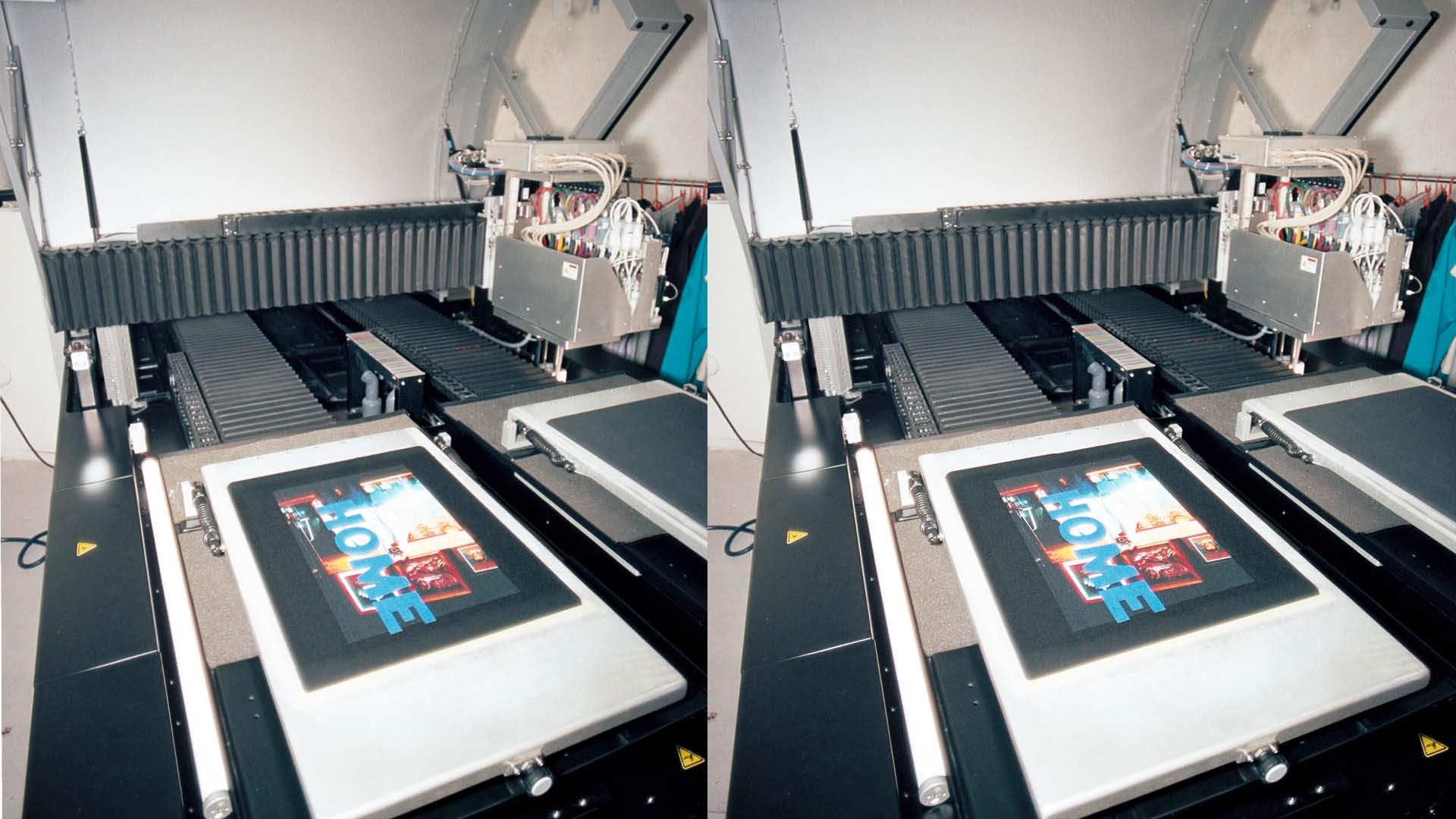
What Is Print On Demand
Our simple breakdown of print on demand as a business model, and explainer on why it's changing how we make fashion and enable creativity.
Read more
How To Start A Print On Demand Business
Want to start a print on demand business? Here's Creator Studio's simple guide to getting up and running in the most dynamic and creative industry out there.
Read more
How To Create And Sell Merchandise Online
The Creator Studio guide to creating and selling on demand merchandise online.
Read more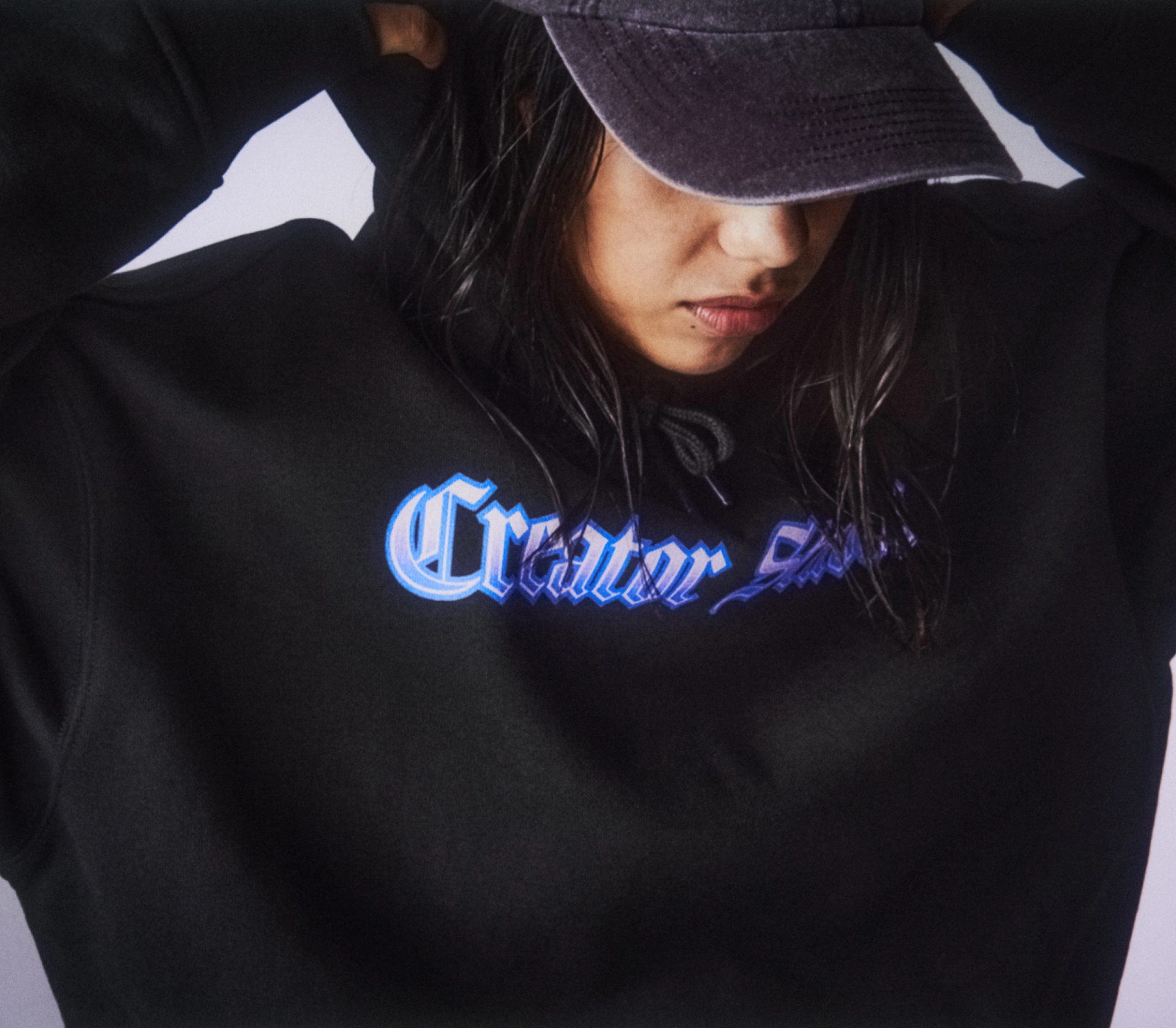
How To Create A Marketing Calendar
Everything you need to know about create a marketing calendar with our guide.
Read more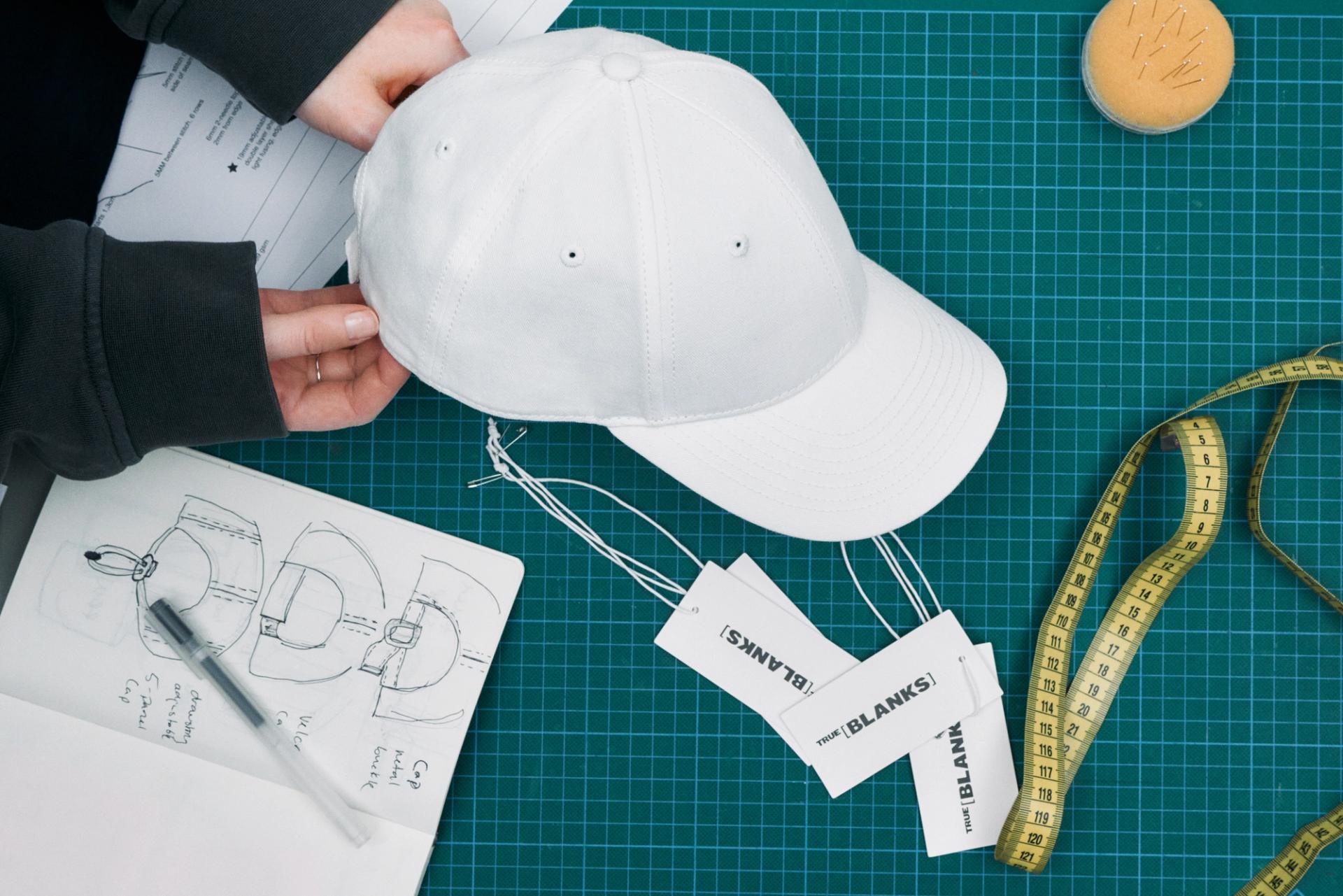
How To Create A Clothing Collection
Everything you need to know about starting your own clothing collection from scratch, using print on demand to mazimise your success while keep costs to basically zero!
Read more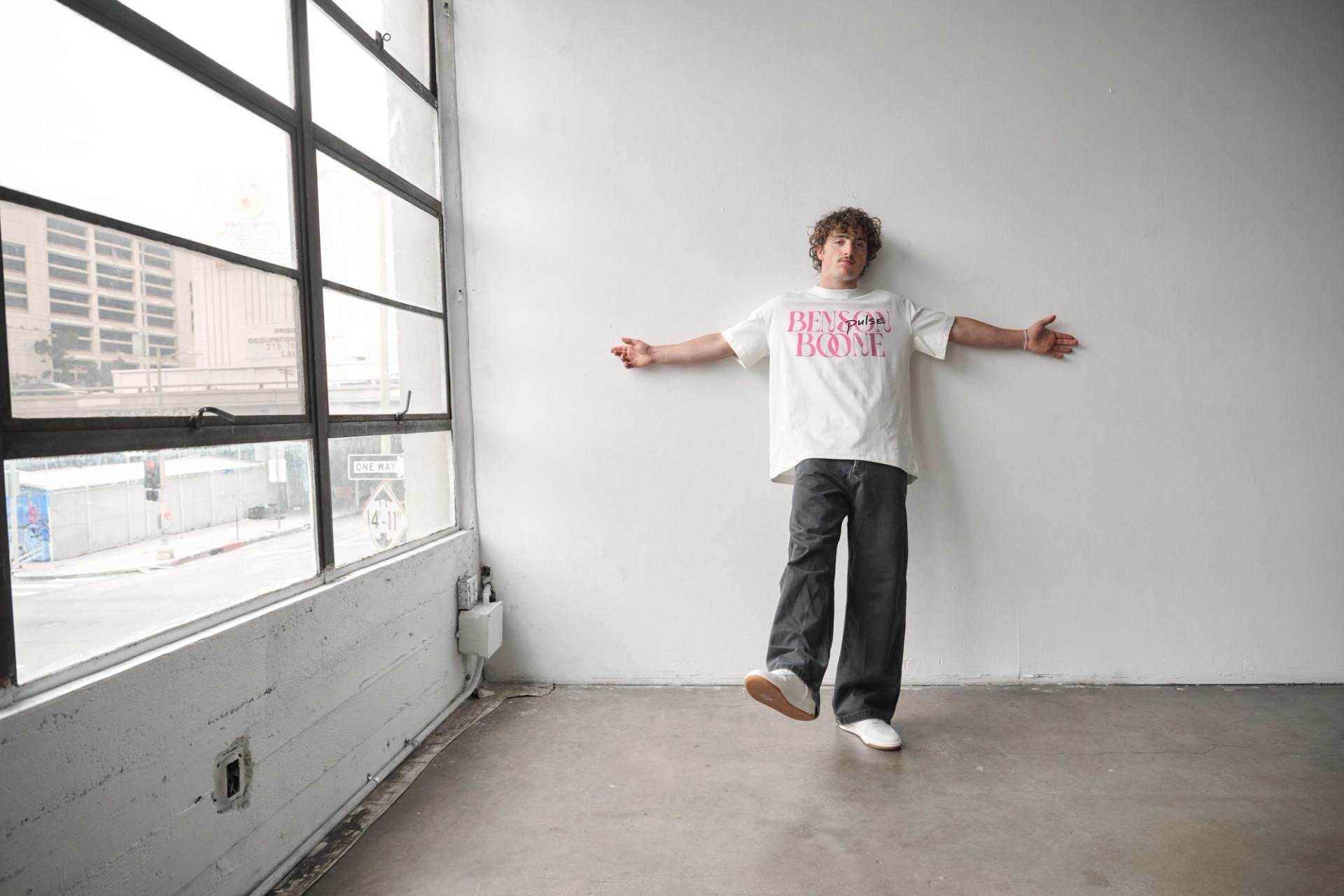
How To Sell Merch On Spotify
Read our guide and learn how to link Shopify to Spotify. A win-win situation for a record label, band, producer or artist!
Read more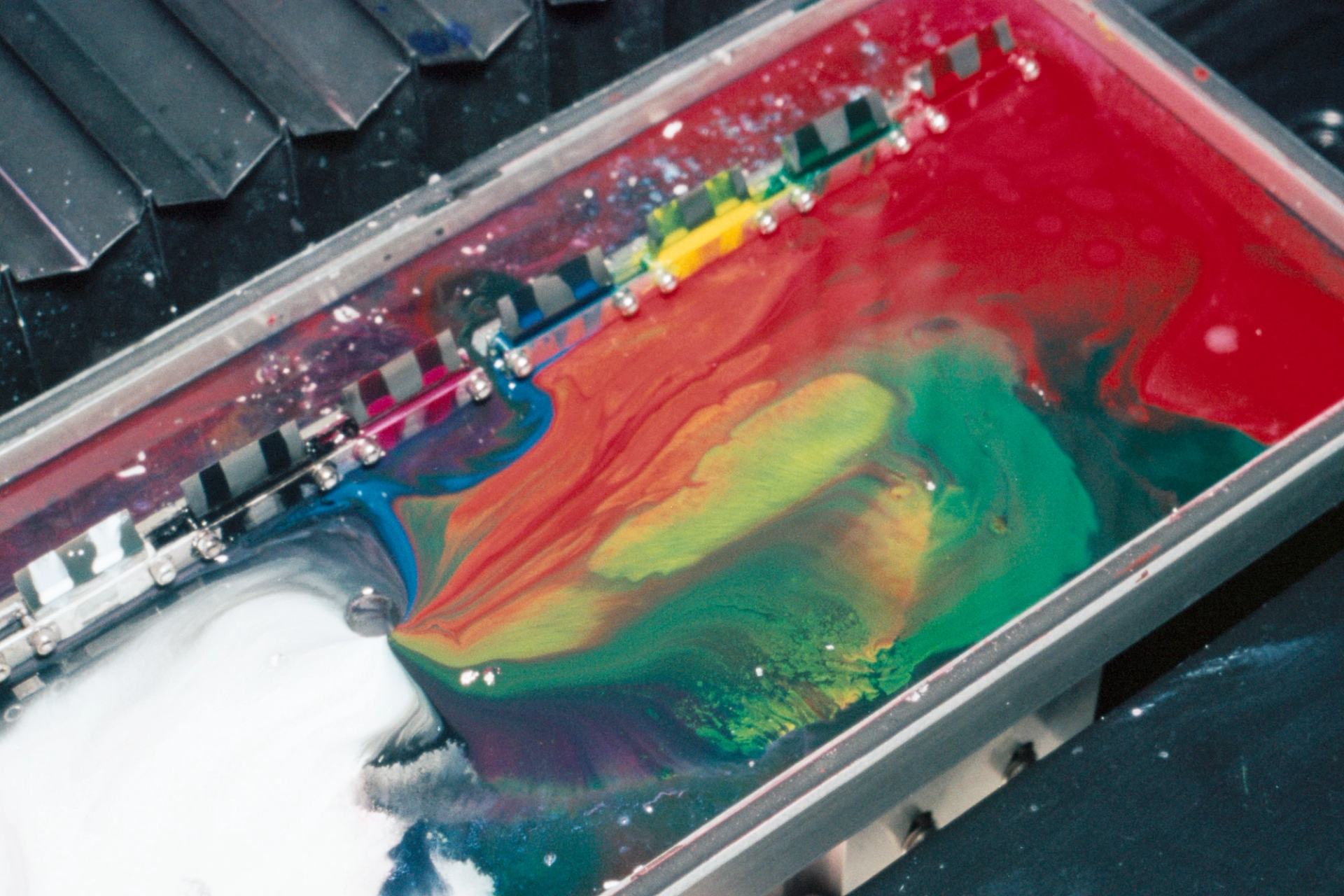

© Creator Studio 2025 - Part of H&M Group
106 38 Stockholm, Sweden